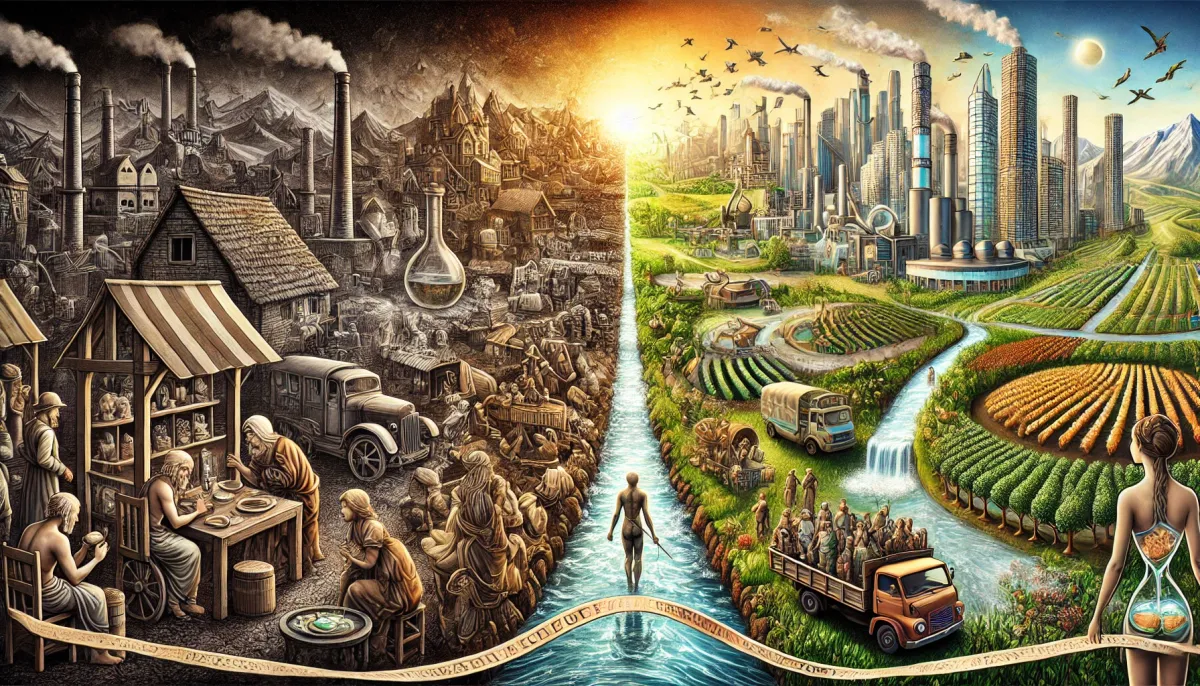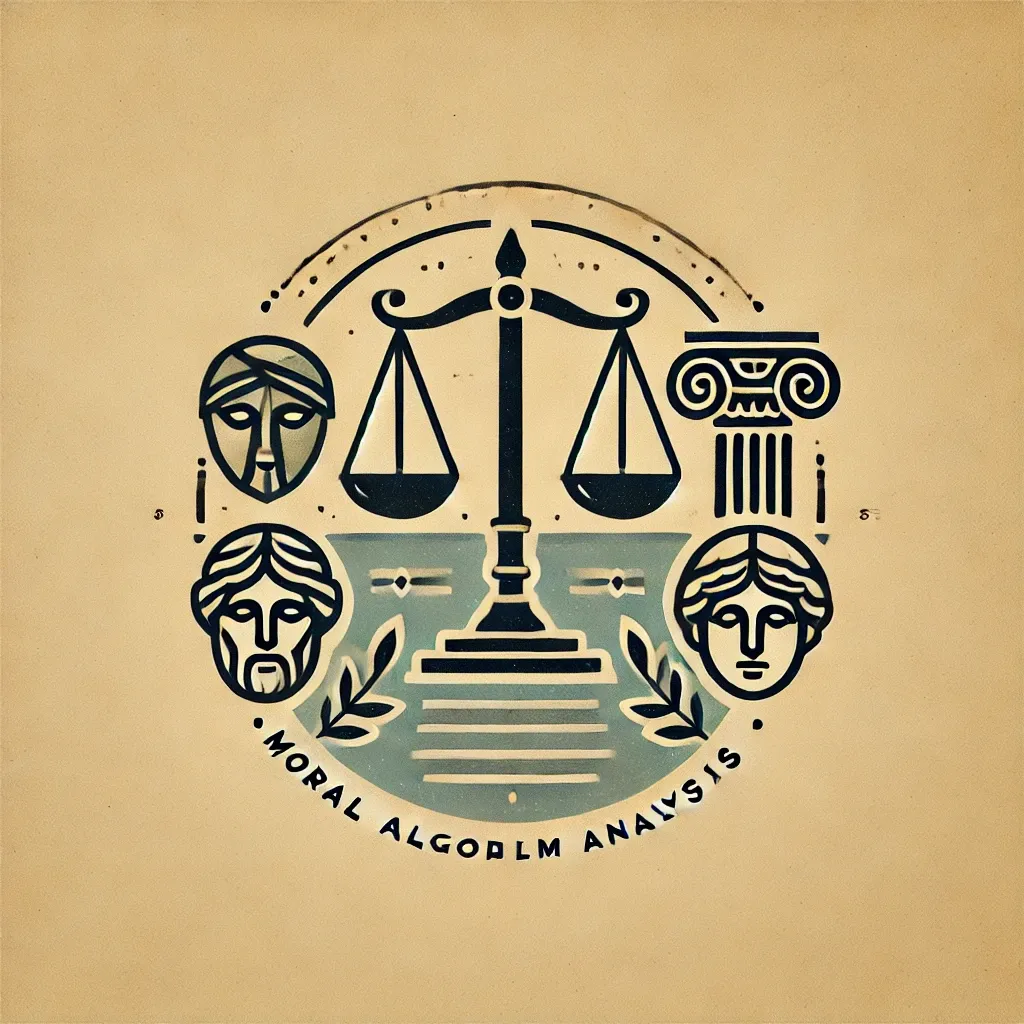The Evolution of Scarcity
The shift being inevitable, how the forth industrial revolution is something celebrate not something to fear.

The Evolution of Scarcity: From Historical Constraints to Future Abundance
Maintained Scarcity: A system of artificial constraints deliberately imposed and actively maintained through political, economic, and technological control mechanisms to preserve existing power structures and economic advantages.
"Scarcity is not a state of nature, but a state of maintenance."
The Pattern of Control and Liberation
Throughout history, we observe a recurring pattern: powerful entities create and maintain artificial scarcity through controlled access to resources, technologies, or capabilities. This pattern persists until a disruptive force breaks through these manufactured constraints, leading to rapid progress and democratization. Understanding this cycle is crucial for anticipating and navigating the transformative changes of the Fourth Industrial Revolution (4IR).
Historical Cycles of Liberation
The computing revolution provides a perfect lens through which to understand this pattern. Microsoft's Windows operating system and various Unix variants once maintained a carefully controlled duopoly over computing platforms. Their artificial scarcity manifested through:
Gateway Control: The ability to determine who can access a resource or capability, and under what conditions.
Windows controlled the desktop gateway, while Unix variants controlled the server gateway
The emergence of Linux shattered this paradigm, demonstrating how the collapse of maintained scarcity triggers cascading effects:
- Immediate price corrections as artificial constraints dissolve
- Rapid technological advancement freed from artificial limitations
- Democratization of access and capabilities
- Emergence of new, previously unimaginable innovation
This pattern repeated with internet access, where AOL and CompuServe's walled gardens crumbled before the open internet protocol's unstoppable advance. The key insight is that maintained scarcity systems require constant effort to sustain - they are inherently unstable because they fight against the natural tendency toward abundance and accessibility.
The Threshold of Transformation
We now stand at a historic inflection point where multiple maintained scarcity systems are simultaneously approaching their breaking points. The Fourth Industrial Revolution represents a convergence of technologies that fundamentally undermines the ability to maintain artificial scarcity across numerous domains:
Convergence Breaking Point: The threshold at which multiple disruptive technologies intersect to make existing control mechanisms unsustainable.
The combined impact of AI, distributed manufacturing, renewable energy, and blockchain creates systemic pressure that traditional gatekeeping cannot contain
Consider these parallel developments:
Energy Domain
- Historical: Tesla's vision of abundant electricity was suppressed
- Present: Distributed solar and renewable technologies
- Future: Energy abundance through smart grids and local generation
Manufacturing Domain
- Historical: Centralized production and distribution
- Present: Emerging 3D printing and local manufacturing
- Future: Distributed, on-demand production networks
Knowledge Domain
- Historical: Controlled access to expertise and education
- Present: Open online learning and AI assistance
- Future: Democratized expertise and automated professional services
The New Economics of Abundance
The implications of this transformation extend far beyond individual technologies or markets - they challenge the fundamental assumptions of capitalism itself. Traditional capitalism operates on principles of scarcity management, but the 4IR forces us to develop new economic models based on abundance management.
Abundance Management: Economic systems focused on optimizing the distribution and enhancement of plentiful resources rather than extracting value from artificial scarcity.
The shift from controlling access to facilitating optimization
This transition manifests through:
Value Creation Evolution
- From: Controlling scarce resources
- To: Enhancing abundant capabilities
- Result: Innovation-focused economy
Market Structure Evolution
- From: Centralized gatekeeping
- To: Distributed networks
- Result: Platform-based coordination
Resource Management Evolution
- From: Extraction and depletion
- To: Circulation and enhancement
- Result: Sustainable abundance
Future Implications and Adaptations
The collapse of maintained scarcity systems will trigger profound changes across society:
- Economic Systems
- New business models based on enhancement rather than restriction
- Evolution of markets toward coordination rather than control
- Transformation of financial systems to support abundance
- Social Structures
- Redefined relationship with work and value creation
- Changed patterns of consumption and ownership
- New forms of social organization and cooperation
- Power Dynamics
- Shifted basis of economic and political power
- Evolved regulatory frameworks
- New forms of governance and coordination
Conclusion: The Inevitable Transition
The pattern is clear: maintained scarcity systems eventually fail when technological progress enables alternatives. The Fourth Industrial Revolution represents a unique moment where multiple such systems face simultaneous disruption. This convergence creates unprecedented opportunities for transformation toward abundance-based systems.
The challenge ahead lies not in whether these changes will occur, but in how we navigate the transition. Success will require developing new economic models, social structures, and governance systems that embrace abundance rather than fight to maintain artificial scarcity.
